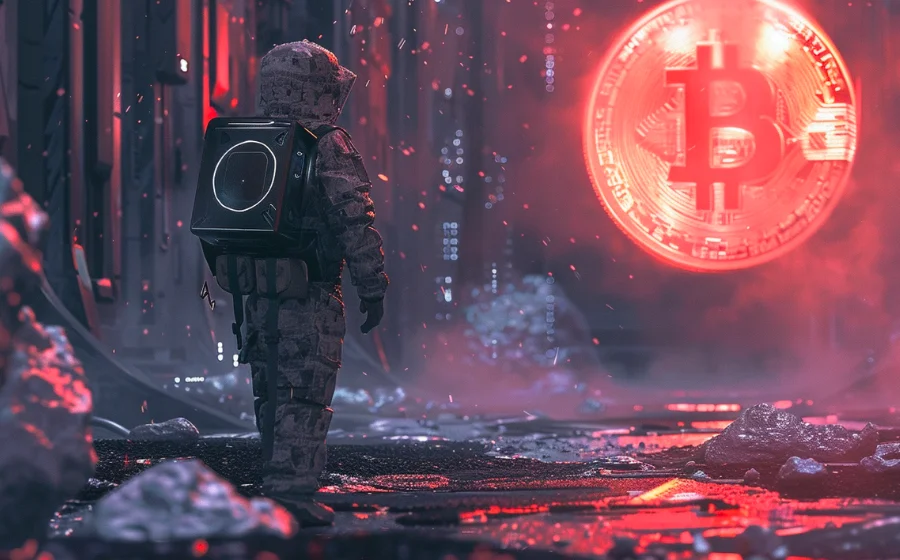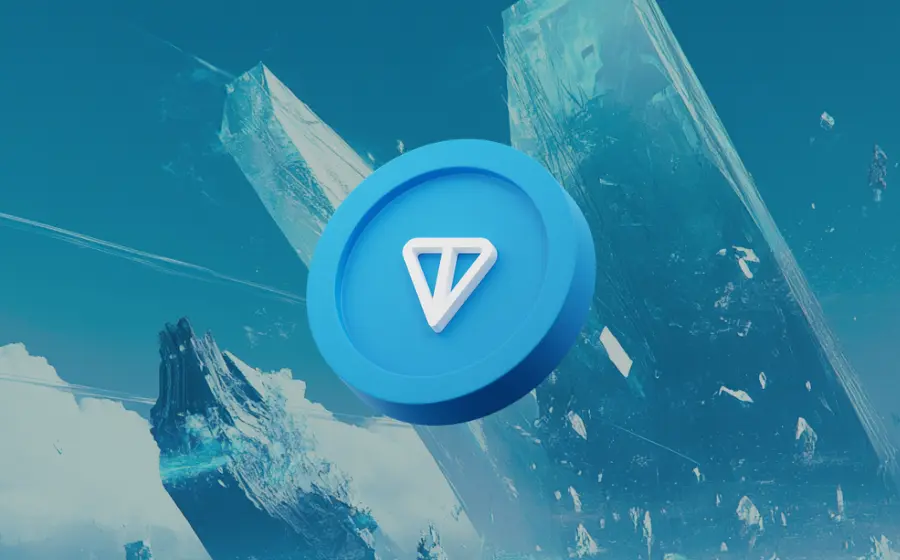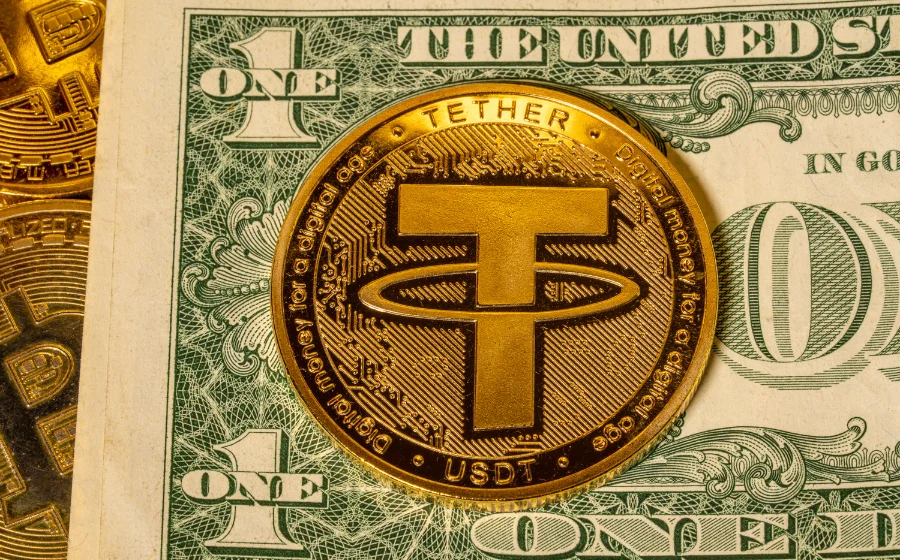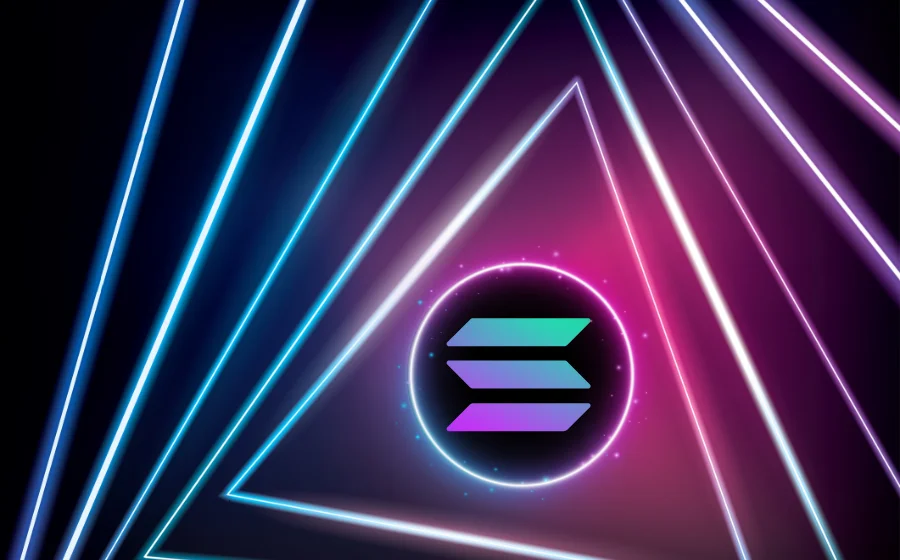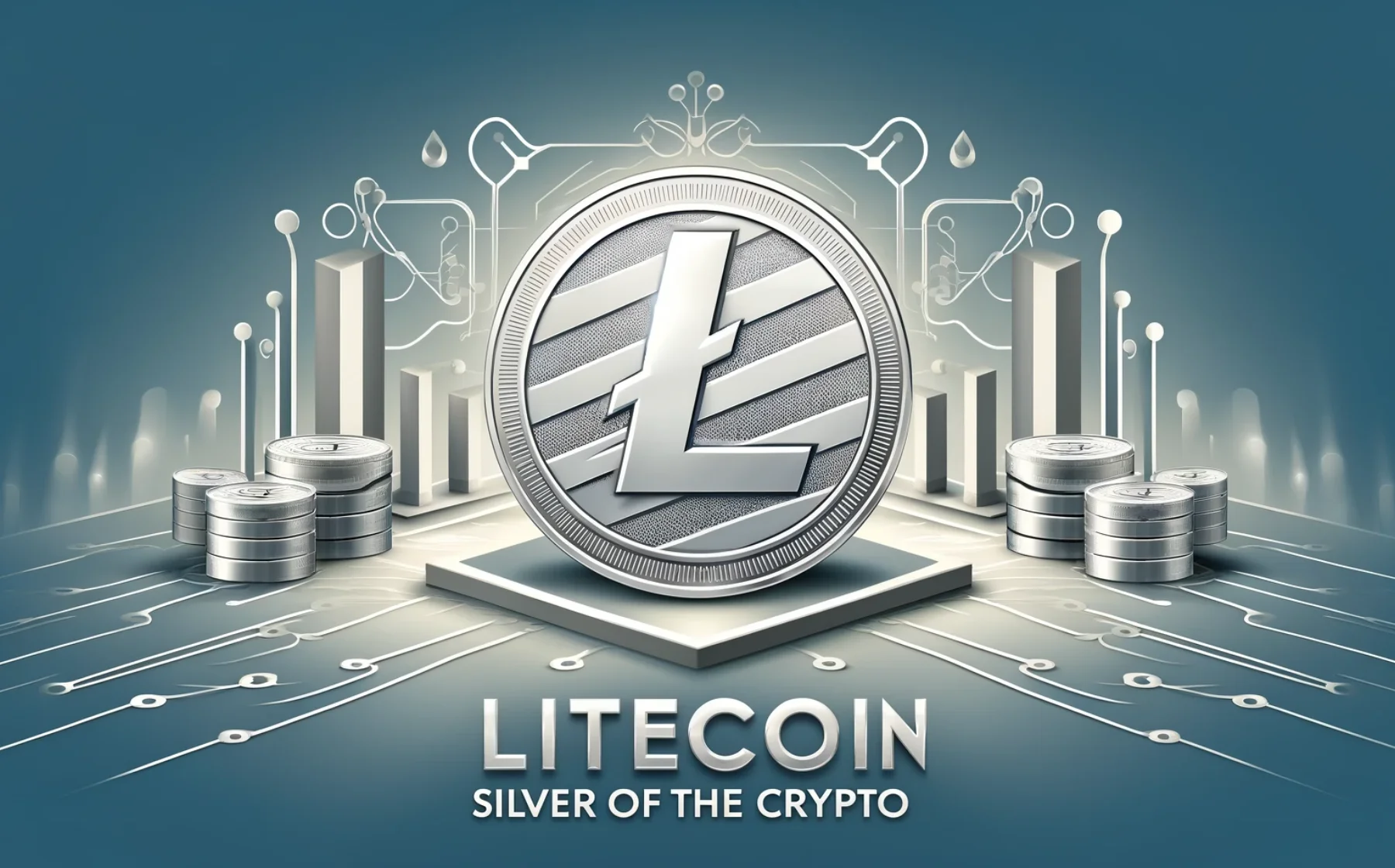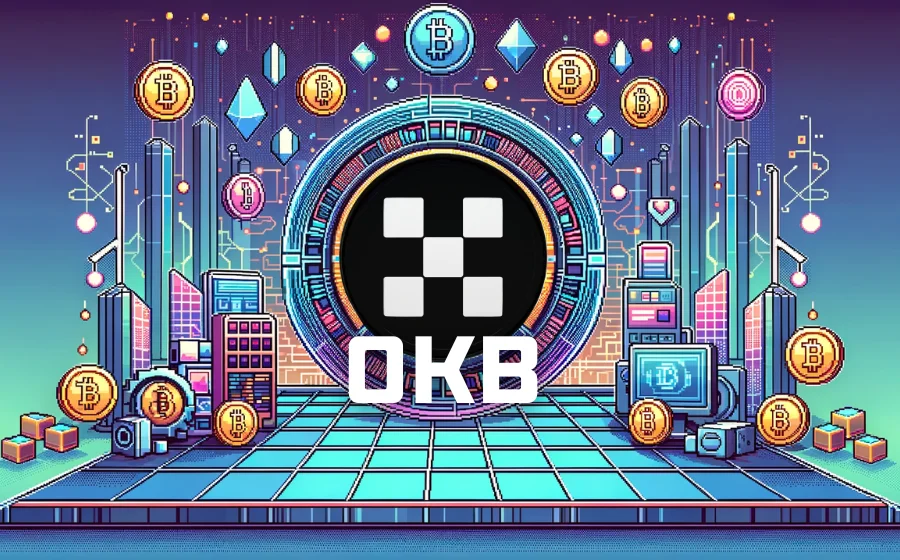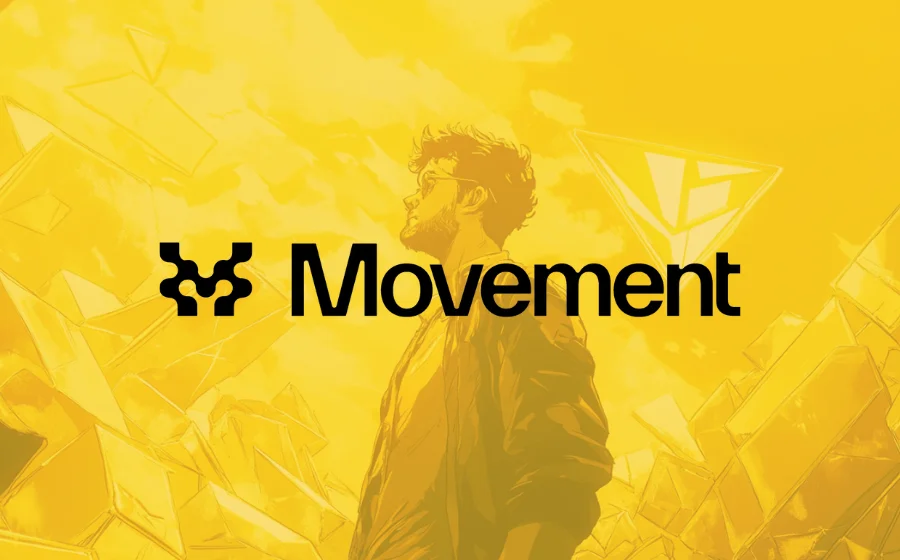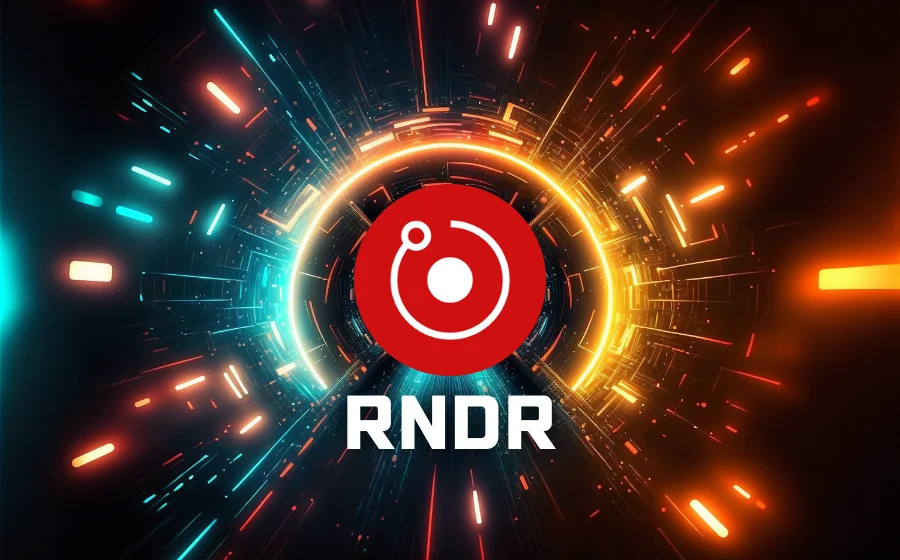
KEYTAKEAWAYS
- Decentralized Rendering: Render Network links creators with GPU resources, enabling efficient and cost-effective 3D rendering.
- ERC-20 Token Utility: RNDR tokens facilitate transactions between artists and GPU providers on the Ethereum blockchain.
- Future Potential: With AI advancements and increasing industry interest, RNDR's value and accessibility are poised for growth.

CONTENT
Render Network connects creators with idle GPUs for efficient 3D rendering using RNDR tokens, promoting digital rights and metaverse development.
WHAT IS RNDR & RENDER NETWORK?
Render Network is a decentralized GPU rendering solution provider based on blockchain, operated by OTOY. The network aims to connect more creators with idle GPUs, making rendering no longer limited by hardware constraints, requiring only minimal time and cost. Additionally, Render Network provides digital rights management for creators, further promoting the development of the metaverse.
By operating on the Ethereum blockchain, Render Network utilizes smart contracts to establish a decentralized rendering service ecosystem, with RNDR tokens used as the currency for transactions within the platform. RNDR are the native utility tokens of Render Network, based on the ERC-20 standard of the Ethereum blockchain. These tokens play a crucial role in Render Network, enabling it to be a decentralized rendering platform that allows transactions and resource sharing between content creators and GPU providers.
RNDR is an ERC-20 token primarily used for transactions between artists and GPU providers within the platform. Users utilize RNDR to access GPU computing power, while node operators earn tokens by providing resources. Render and its CEO, Anurag Goel, state that RNDR is “the first decentralized network to transform GPU computing power into a connected 3D asset economy.”
OTOY was founded in 2008, and the RNDR was publicly sold in October 2017. The Render Network fully launched in April 2020 and has since established bilateral cooperation with major companies such as Apple, Microsoft Azure, Google, Disney, and Unity.
>>> More to Read : What Is Ethereum?
RNDR INFORMATION
- Main Functions and Uses of RNDR
1. Payment and Reward Mechanism: RNDR tokens are used to pay for rendering services. Content creators use RNDR tokens to compensate nodes that provide the necessary GPU power for processing tasks. This process not only ensures fair compensation for service providers but also promotes efficient allocation and utilization of resources.
2. Incentivizing GPU Providers: Render Network incentivizes individuals or organizations with underutilized GPU resources to participate in the network through RNDR tokens. Providers earn tokens by contributing their GPU resources to users who need to perform high-performance rendering tasks.
3. Network Governance: In certain implementations, RNDR tokens can also be used to participate in governance decisions of the Render Network, such as protocol upgrades and network parameter adjustments. Token holders can influence the network’s development direction and policy changes through their voting rights.
4. Increasing Market Liquidity: RNDR tokens are traded on multiple cryptocurrency exchanges, enhancing market liquidity. This makes it easier for users to buy, sell, and exchange tokens. Such liquidity is crucial for supporting the healthy operation and expansion of the network.
5. Driving Community and Ecosystem Development: RNDR tokens are also used to reward community members for their contributions to the platform, such as participating in testing, providing feedback, and developing related applications. This fosters the growth and prosperity of the Render Network ecosystem.
- Core Features
1. ERC-20 Compatibility: RNDR is a utility token that conforms to the ERC-20 standard, primarily used to pay for rendering fees on the decentralized Render network for animations, motion graphics, and visual effects.
2. Reward System: Users can earn RNDR tokens by registering workstations on the network and completing rendering tasks. These tokens can then be used to fund other rendering projects.
3. High-Quality Infrastructure Options: Users can also choose to use Tier 1 nodes within the Render network (such as Microsoft Azure’s high-security infrastructure) for project rendering.
- Burn and Mint Equilibrium (BME)
The Burn and Mint Equilibrium (BME) is the tokenomics model for RNDR tokens. This model aims to create more value for token holders by offering better pricing and remittance arrangements for creators and node operators. Under this model, the network calculates the cost of work in USD. Creators are required to burn an equivalent amount of RNDR tokens in USD value to create jobs on the network. Creators without RNDR tokens will need to purchase them, creating ongoing demand for RNDR tokens.
After a job is created, node operators who process the job receive RNDR tokens as a reward. The network mints RNDR tokens periodically, calculating the work completed and the percentage processed by each node operator. 90% of the newly minted RNDR tokens are allocated to node operator rewards, with the remainder going towards availability rewards. Node operators are rewarded based on workflow and completed uptime challenges (also known as availability). A portion of the availability rewards also incentivizes creators to create jobs on the rendering network. This mechanism adjusts emission rates according to network demand.
- Issuance and Management
1. Token Supply: The total supply of RNDR is 536,870,912 tokens, with 381,861,234 RNDR tokens allocated through public sales. In the initial public sale, 25% of the tokens were sold, 10% remained in the RNDR reserve, and the remaining 65% were in third-party custodial circulation regulation accounts.
2. Circulating Supply and Maximum Supply: There are 150,000,000 RNDR tokens in circulation, with the maximum supply capped at 536,000,000 tokens.
3. Token Sale and Pricing: The public sale of RNDR started in October 2017, with a sale price of 1 RNDR = 0.25 USD.
4. Token Migration: To enhance smart contract functionality, RNDR tokens were migrated from the old contract to a new contract, introducing additional custodial smart contract features.
5. Excess Token Burn: During the token migration process, the excess 161,061,273.6 RNDR tokens from the original contract were burned to adjust the total supply.
FUTURE POTENTIAL OF RNDR
Entering 2024, AI advancements like OpenAI’s Sora have strengthened Render’s position by demonstrating high-fidelity generated content potential. Render’s role in these developments underscores the growing intersection of AI and digital rendering, with industry leaders optimistic about its impact on creativity and digital content creation. Nvidia’s recent success has increased interest in AI-focused crypto tokens. Projects like Render, Fetch.AI, and SingularityNET are set to benefit from rising AI investments.
RNDR relatively low price makes it accessible to a wider audience, unlike the high price of Bitcoin. The project’s founder emphasizes a long-term vision for RNDR‘s value, supported by a commitment to the rendering industry. With the crypto market’s recovery, Render’s development, and the metaverse trend, RNDR price is expected to rise significantly soon.
>>> More to Read : Top 5 AI Chatbots in 2024
FAQ
- What is RNDR?
The Render Token (RNDR), is an ERC-20 based token primarily used for transactions between artists and GPU providers within the platform.
- What is Render Network?
Render Network is a blockchain-based decentralized platform offering efficient 3D rendering services by connecting content creators with GPU resource providers for cost-effective solutions.
▶ Buy Crypto at Bitget
ꚰ CoinRank x Bitget – Sign up & Trade to get $20!
